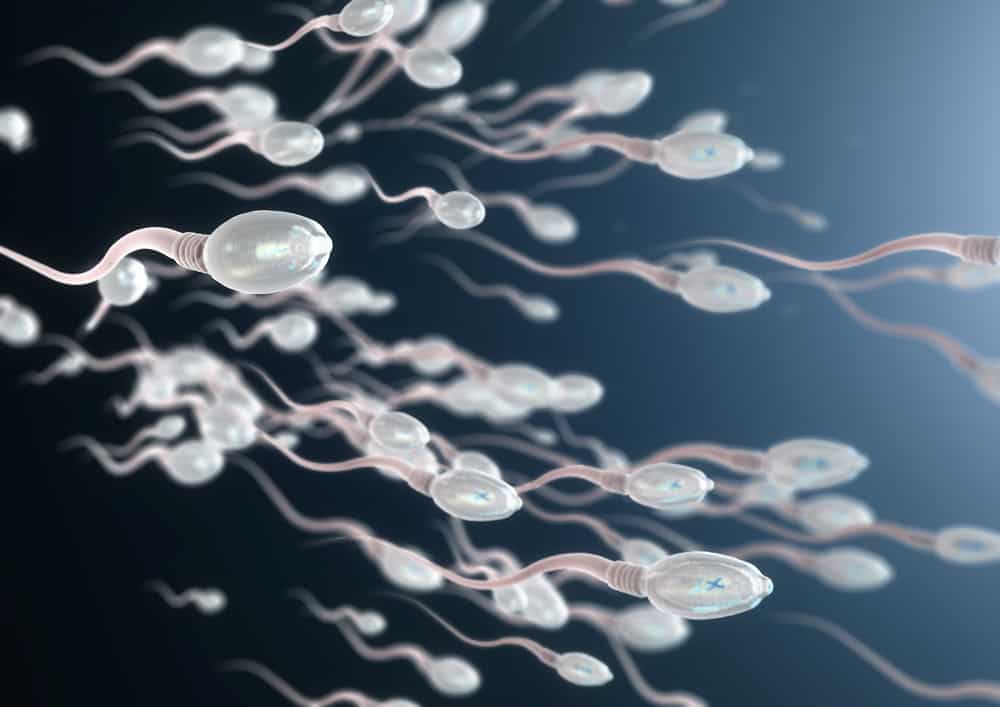Vasectomy, where sperm goes or vasectomy can ejaculate, affect sexual ability are not common questions of men who want to apply this sterilization method. The following article will help you find the answer!
By page Planned Parenthood, a vasectomy can be nearly 100% effective in preventing pregnancy. This is considered one of the most effective forms of birth control for men. In this procedure, the two vas deferens are cut and tied to prevent sperm from entering the urethra, eliminating the possibility of sperm meeting an egg to fertilize it during sex.
Where does a vasectomy go?
The route of sperm movement begins in the testicles – where sperm are produced, and then passes through the seminiferous tubules, epididymis, vas deferens and to the seminal vesicles. The seminal vesicles are the site of secretion and storage of semen. Semen containing new sperm can meet the egg and fertilize it.
Is it dangerous?

It is a simple, safe, quick, and minimally invasive minor surgery. Like all interventions, though, it may have some risks, but most are temporary and manageable. Side effects immediately after surgery may include:
- Mild pain or discomfort
- Bleeding or hematoma inside the scrotum
- Blood in semen
- Bruises
- Swelling
- Infection.
Serious complications are rare. Call your doctor right away if you have signs of an infection such as a high fever, severe pain or swelling in your scrotum/testicles, or bleeding/pus from a cut.
There are also cases where vasectomy was performed unsuccessfully (early failure rate from 0.3% to 9%). When the vas deferens cannot be completely blocked, your doctor may recommend repeating the procedure, or using a different method.
Can a vasectomy get out?
After a vasectomy, men can still ejaculate. Semen will still have the same appearance and taste, but there will be no sperm in the semen.
Can I have a vasectomy again?

If a man wants to have children again after a vasectomy, a vasectomy can be performed. However, this process is relatively complicated and expensive. Furthermore, there is no guarantee that this will take place successfully.
Another option to help you have a baby without having a vasectomy is aspiration and in vitro fertilization. Refer In vitro fertilization and what you need to know to learn more about this method.
Note that a couple can still get pregnant if they have sex too soon after a vasectomy, because some sperm is still in the semen. To reduce your risk of pregnancy, you should use extra backup birth control for at least 3 months after surgery.
Does a vasectomy protect against STDs?
Hope this article has helped you answer the question of where the vasectomy goes, as well as other questions related to this method of contraception. Because it can be risky, you need to go to reputable medical facilities that have all the standard elements prescribed by the Ministry of Health to ensure safety during the implementation.






